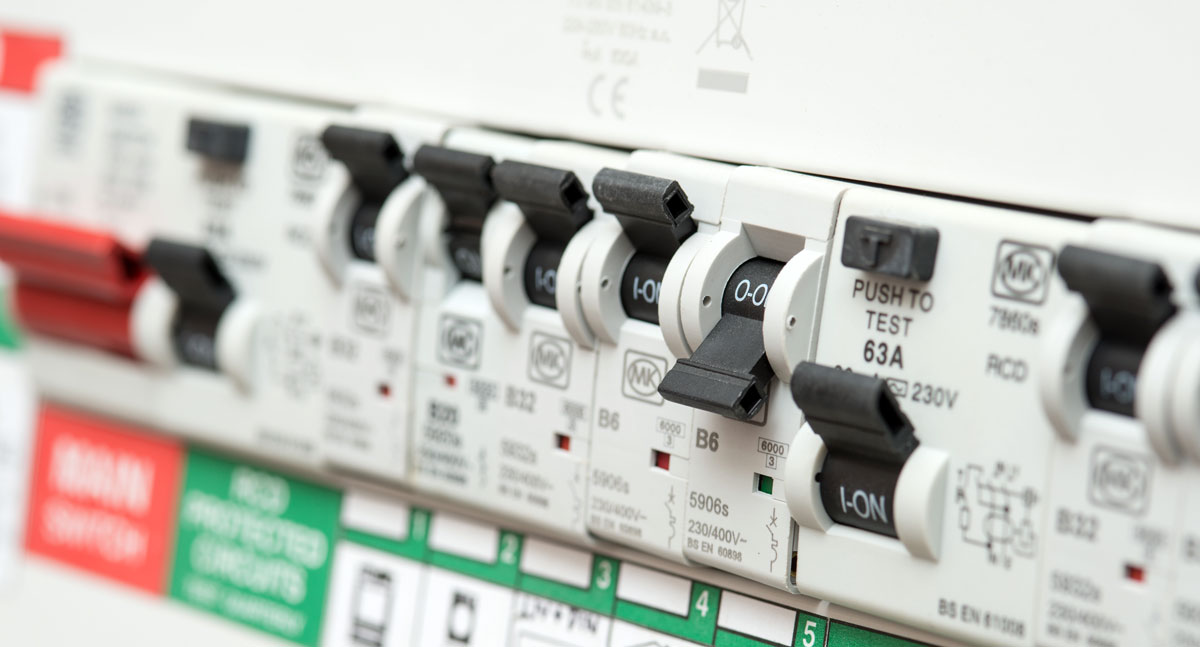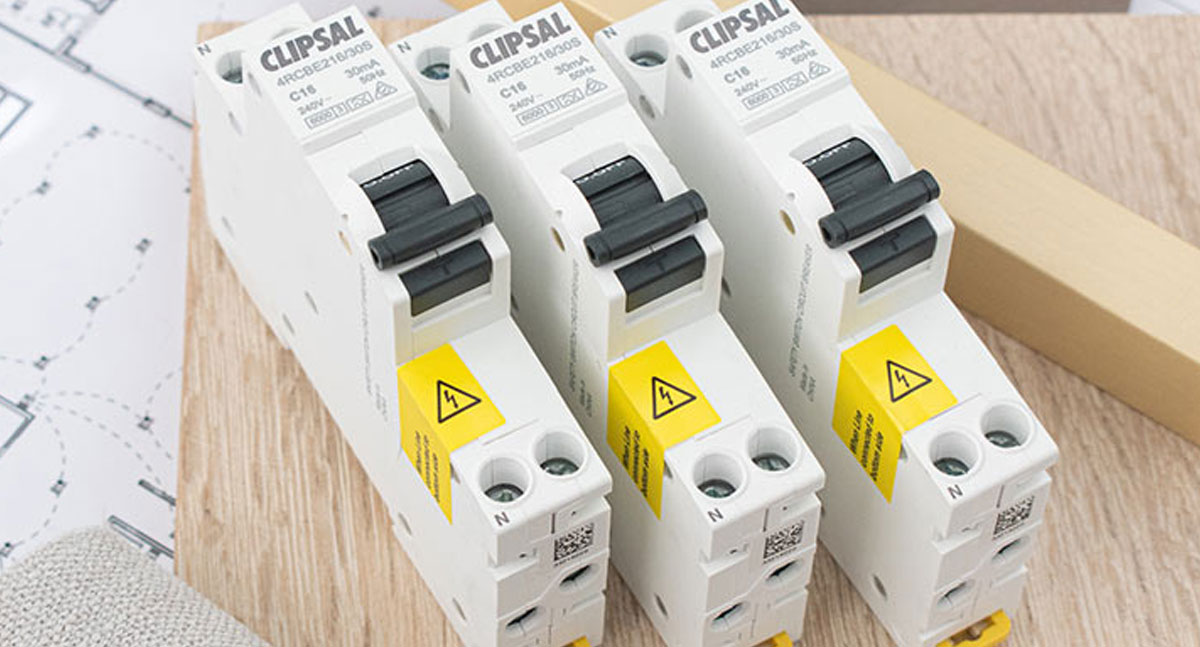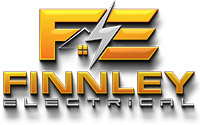The main difference between a circuit breaker and a safety switch is that a circuit breaker protects your home’s electrical equipment and wiring, whereas a safety switch protects people from electric shocks.
Your home is full of electrical equipment and appliances that rely on a steady stream of electricity to function. It is the job of the circuit breaker to protect your home from electrical damage. A safety switch does the same thing, but it also protects people from electric shocks by shutting off the power if someone is touched by a live wire.
In this blog post, we will discuss the difference between a circuit breaker vs safety switch. We will also provide some tips on how to choose the right circuit breaker for residential switchboards.
What is a safety switch?
A safety switch is a device that is installed in your home’s power supply. It is one of the most important electrical safety devices you can have in your home. Its job is to protect humans from electric shocks by shutting off the power if someone is touched by a live wire. We should also point out it won’t just protect people but will bolster electrical safety for your pets as well.
The Australian Wiring Rules dictate that within Australia you need to have safety switches installed on all new domestic and commercial capable circuits. In general, it is a good idea to have one installed in your home, especially if you have small children or pets. The benefits of safety switches include:
According to the NSW Government, 40% of house fires in NSW each year are caused by electrical faults and electrical appliances.
Within New South Wales, Safety switches are required in every home built or substantially rewired after 1991.
Safety switches and circuit breakers promote safety however the two electrical safety devices often get confused by many people who fail to understand the critical difference between the two, hence we will now move on to circuit breakers and how they differ from safety switches.
What is a circuit breaker?
A circuit breaker is a device that is installed in your home’s electrical system. Its job is to protect your home from electrical damage by shutting off the power if something goes wrong.
Circuit breakers are required by law in some states, but not all. In general, it is a good idea to have one installed in your home, especially if you have expensive electrical equipment or appliances that can be damaged easily by power surges. Some of the benefits of circuit breakers include:
If you have questions about electrical safety or are just looking for a licensed electrician to have a circuit breaker installed, or you need to have another electrical job completed quickly – give us a call! Installing safety switches and circuit breakers is not a DIY job. It is specialist electrical work that involves electric current and must be completed as part of a switchboard upgrade by a licensed professional – don’t risk the safety of yourself or those around you.
Now that we have covered the main difference between a circuit breaker vs safety switch we will move on to another commonly known device, the RCD.

What is a residual current device (RCD)?
An RCD is an electrical safety device that is installed in your home’s or businesses electrical systems. Its job is basically identical to that of a safety switch, it protects people from electric shock by shutting off the power if someone is touched by a live wire.
How to choose the right circuit breaker for your needs
There are a few things to consider when choosing the right circuit breaker for your needs. First, you need to determine the amperage rating of the breaker. This is the amount of current that the breaker can handle before it trips. Second, you need to decide whether you want a single-pole or double-pole breaker. Single-pole breakers are used to protect one circuit, while double-pole breakers are used to protect two circuits. Finally, you need to decide on the type of breaker that you want. There are three types of breakers: thermal, magnetic and electronic.
The amperage rating is the most important factor to consider when choosing a circuit breaker. This is because the breaker needs to be able to handle the amount of current that your home’s electrical system produces. The type of breaker you choose will also be determined by the amperage rating. For example, if you have a high amperage rating, you will need a different type of breaker than if you have a low amperage rating.
The best way to choose the right breaker for your needs is to consult with a qualified electrician. They will be able to help you determine the amperage rating of your home’s electrical system and recommend the right breaker for your needs.
What if I want to install a new breaker or switch in my home?
If you want to install a new circuit breaker in your home, you will need to consult with a qualified electrician. They will be able to help you determine the size and type of breaker that you need and install it for you. As noted earlier, it is important to note that circuit breakers and safety switches are not DIY projects. If you attempt to install them yourself, you could cause a fire or electric shock. Always consult with a professional before attempting to install any electrical equipment in your home.
Conclusion
Circuit breakers and safety switches are two different types of devices that serve the same purpose. A circuit breaker is a device installed in your home’s electrical system, while a residual current device (RCD) is an additional safety measure for those who may be at risk for electrical accidents or fires. You can consult with a local electrician like the team at Finnley Electrical to determine which one you need for your home. Need a safety switch installed? Don’t risk your family’s safety – schedule your electrical box review and safety switch installation today. Thanks for reading this circuit breaker vs safety switch guide and reach out to us with any questions you might have.


